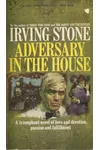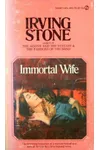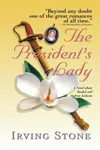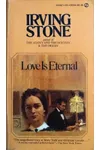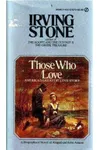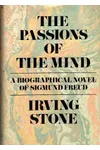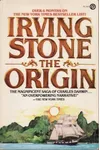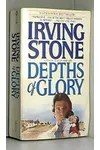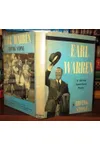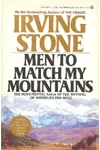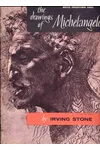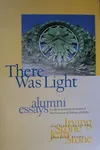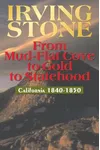Picture an American storyteller who turned the lives of artists and visionaries into page-turning epics—meet Irving Stone! Born in 1903, Stone pioneered biographical fiction, weaving meticulous research into vibrant narratives that brought history to life. His novels, like Lust for Life and The Agony and the Ecstasy, didn’t just captivate readers—they inspired Hollywood films and redefined how we experience the past.
With a knack for diving deep into the hearts of his subjects, Stone made figures like Vincent van Gogh and Michelangelo feel like old friends. His work invites us to explore the triumphs and struggles of genius, all with a storyteller’s flair. Ready to step into Stone’s world?
The Making of Irving Stone
Born on July 14, 1903, in San Francisco, Irving Stone grew up in a world buzzing with ideas. Initially drawn to economics, he earned a degree from UC Berkeley but soon found his true calling in writing. Inspired by his love of history and human struggle, Stone began crafting stories that blended fact with fiction. His first novel, Pageant of Youth (1933), flopped, but Stone’s grit kept him going, leading to his breakthrough with Lust for Life in 1934.
Stone’s early travels and relentless research shaped his unique approach. He’d pore over letters, diaries, and archives, even living in the places his subjects called home. This dedication turned him into a literary trailblazer, ready to redefine a genre.
Irving Stone’s Unforgettable Stories
Stone’s genius lay in his ability to humanize history’s giants. Lust for Life (1934) vividly captures Vincent van Gogh’s passion and pain, drawing from the artist’s own letters to create a gripping portrait. The novel’s success skyrocketed Stone to fame and inspired a 1956 film starring Kirk Douglas. Similarly, The Agony and the Ecstasy (1961) dives into Michelangelo’s turbulent creation of the Sistine Chapel, blending artistry with drama. It, too, hit the big screen in 1965, with Charlton Heston as the sculptor.
Other gems include Immortal Wife (1944), which chronicles Jessie Fremont’s adventurous life alongside her explorer husband, and The President’s Lady (1951), a tender take on Rachel and Andrew Jackson’s love story. Stone’s style—rich, empathetic, and grounded in research—made historical figures relatable, while his themes of perseverance and creativity resonated universally.
His novels weren’t just stories; they were time machines, transporting readers to the studios, battlefields, and hearts of the past. Stone’s meticulous process, often taking years per book, ensured every detail rang true, earning him a devoted following.
Why Irving Stone Matters
Irving Stone didn’t just write books—he revolutionized biographical fiction. By blending rigorous research with novelistic flair, he made history accessible and thrilling, inspiring writers like Ken Follett and Hilary Mantel. His works introduced millions to the inner lives of artists and leaders, sparking curiosity about the past. Films based on his novels brought his vision to even wider audiences, cementing his cultural impact.
Stone’s legacy endures in the way we tell stories about real people. His belief that history is alive and human continues to inspire readers and writers to explore the past with fresh eyes. He passed away in 1989, but his stories still pulse with life.
About Irving Stone
- Born: July 14, 1903, San Francisco, California
- Died: August 26, 1989
- Key Works: Lust for Life, The Agony and the Ecstasy, Immortal Wife
- Notable: His novels inspired major Hollywood films.
Snag Lust for Life or The Agony and the Ecstasy and dive into Irving Stone’s vibrant world of biographical fiction!

